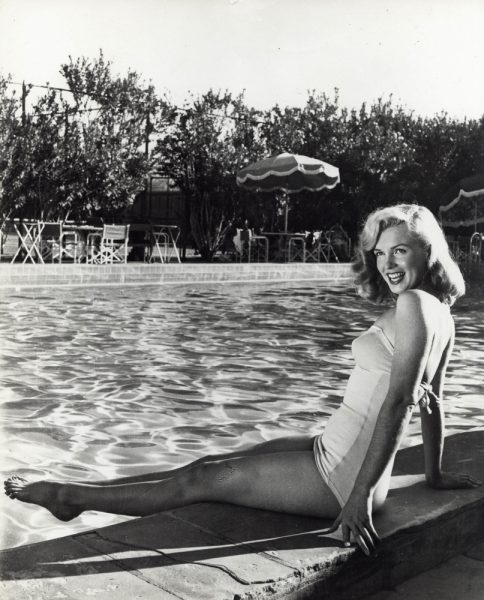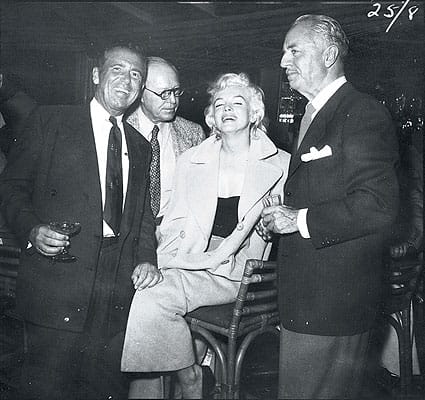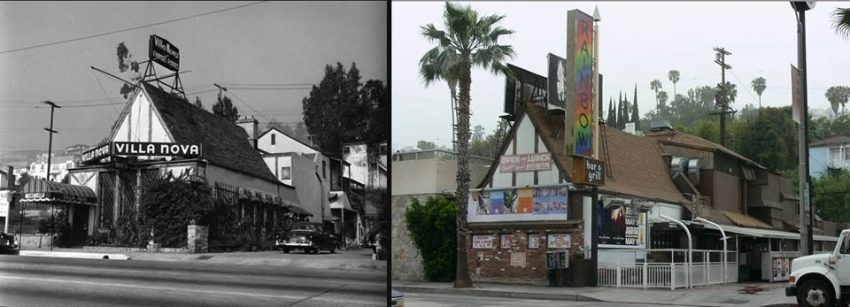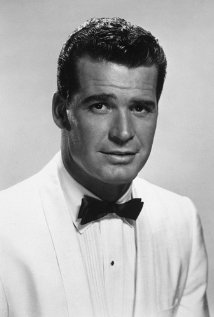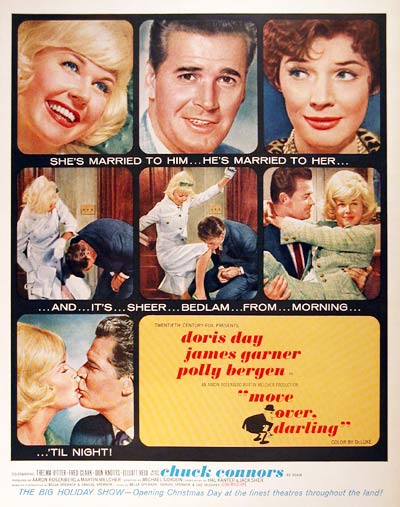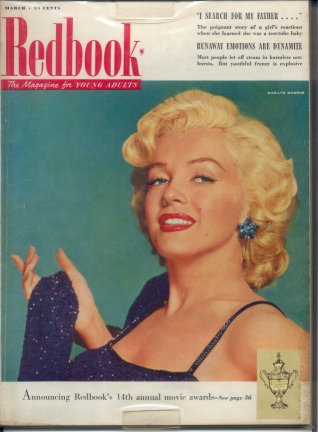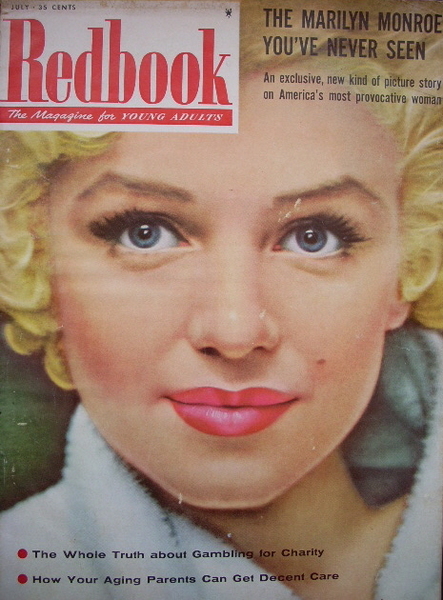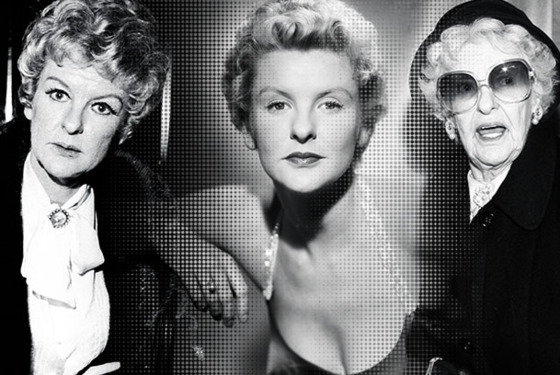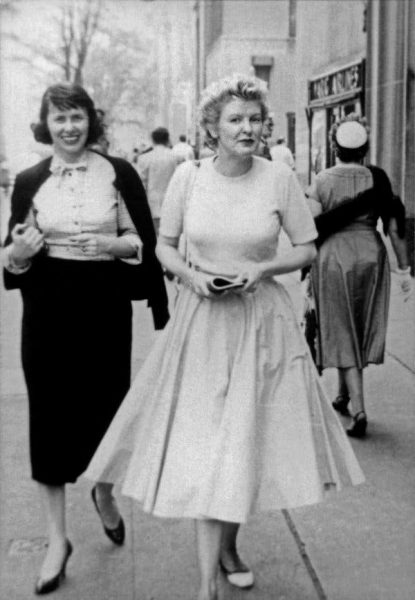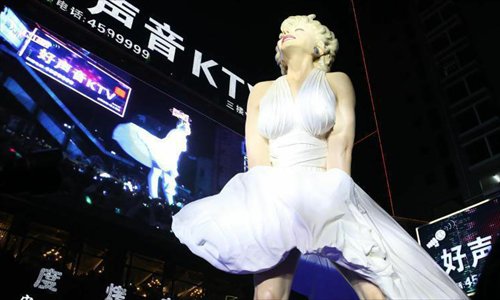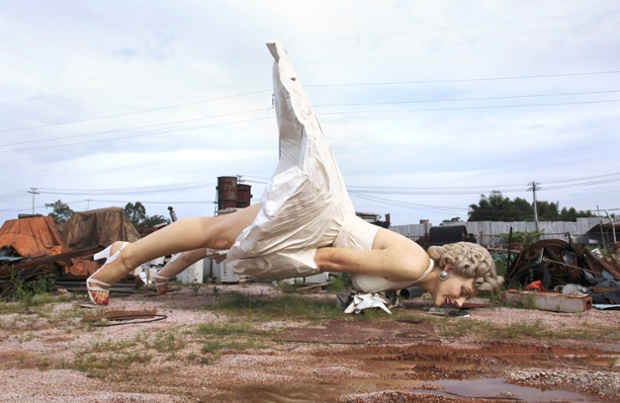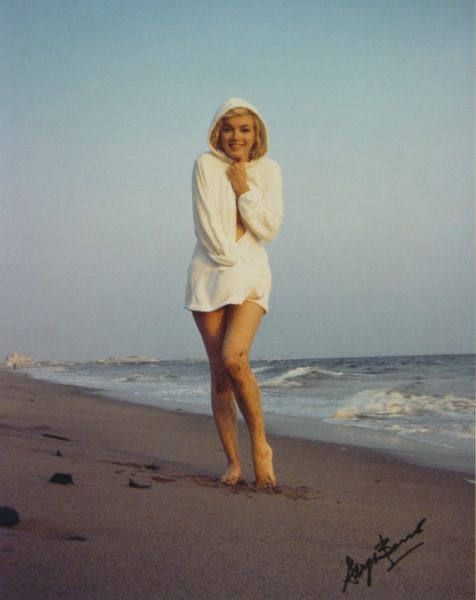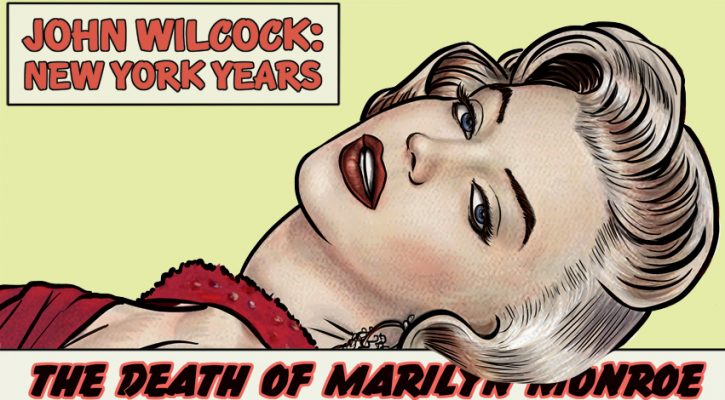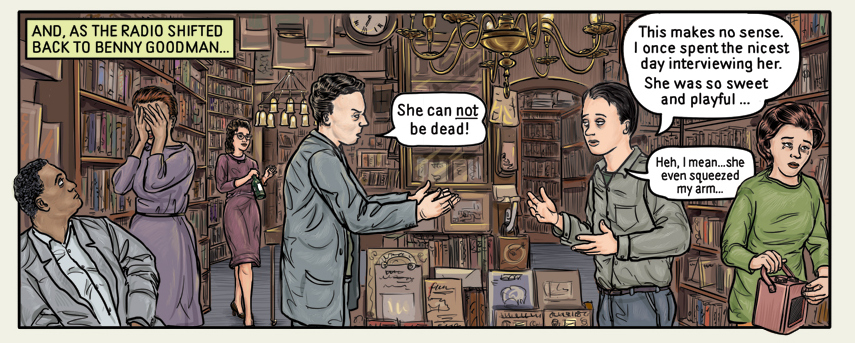You may have thought Seward Johnson’s ‘Forever Marilyn’ statue was the largest of its kind, but a Chinese real estate company went one better with a very similar, but even bigger likeness, unveiled at a shopping mall in Guigang in December 2013. Like its predecessor, the sculpture attracted a great deal of controversy. But unlike Seward Johnson’s more fortunate creation, the Chinese Marilyn was removed and scrapped within six months – and a photo of the forlorn MM, abandoned in a rubbish dump, was circulated across the globe. An article published today at ECNS explores the curious story behind this ill-fated work of art.
“The original artwork by American artist Seward Johnson swept over the US with her charming smile and natural body language. But the imitation in China has received limited attention.
This was not what Wu Wei, the general manager of the Bali Real Estate Company, expected.
Wu had hoped that the Monroe statue in China would become a new landmark for Guigang.
The statue is a part of a shopping mall. When some investors were considering whether the copycat artwork would become embroiled in a copyright dispute, the shopping mall staff believed that lawsuit with the US would make them world famous.
Monroe was 30 in The Seven Year Itch [actually, she was 28] and Johnson reflected her true face on the ‘Forever Marilyn’ statue, while the Chinese one has a younger face, according to the designers at South China Normal University in Guangzhou.
The team of designers, led by professor Sheng Enyang from the university, spent over a year working on the statue and even visited the original one in Chicago to get inspirations for the artwork.
‘I feel so sad it was demolished,’ said Sheng.
From design to construction, the 4-ton statue took two years and cost more than 5 million yuan ($805,529). Monroe’s body parts were finished in Guangzhou, neighboring Guangdong Province, and transported to Guigang.
Wu was quite satisfied with the artwork. ‘It’s so vivid that we can see the blue blood vessels under white skin.’
Thousands of people gathered at the downtown square to see the unveiling ceremony. Wu tried to promote the unveiling ceremony to the top news in some websites but failed. The reason was that ‘the news did not pass the censors.’
…Wu did not expect that the most common discussion topic would focus on whether Monroe had ‘exposed too much of her body’ in that depiction.
In a local online forum, people admired Monroe’s beauty and Western style that they had not seen before, but some joked that many parents would lodge complaints as many children would ‘play under Monroe’s skirt.’
As a new landmark in a third-tier city with a population of more than 5 million, the statue did attract lots of people taking photos with the beauty.
‘Many young men came and took photos with their arms surrounding the statue’s legs,’ security guards outside the shopping mall recalled. ‘I had to chase them away.’
Four months after the erection of the statue, Monroe was circled with fences around 90 centimeters high. ‘We had to do that as many children would worm their way down to the skirts of Monroe,’ said Wu.
Finally, the company decided to remove the statue. On June 11, Wu called a local crane company.
‘I asked why they are removing it, they (the real estate company staff) said that it was because the statue had badly affected the beauty of the city,’ a crane driver recalled…
While the crane was about to start working beside the statue, An Xiao (pseudonym), a local citizen, dressed in a white skirt and took a picture posing like Monroe.
She put up a banner saying ‘don’t go, Monroe’ on the fence surrounding the statue…
An felt disappointed. In fact, she had never watched The Seven Year Itch and before knowing the demolition news, she had never taken a picture with it.
‘But I like her,’ she said. Monroe’s statue represents what she has been looking forward to: a different and international life.
For her, Guigang is a boring city. ‘There is no cultural life here,’ An said.”
